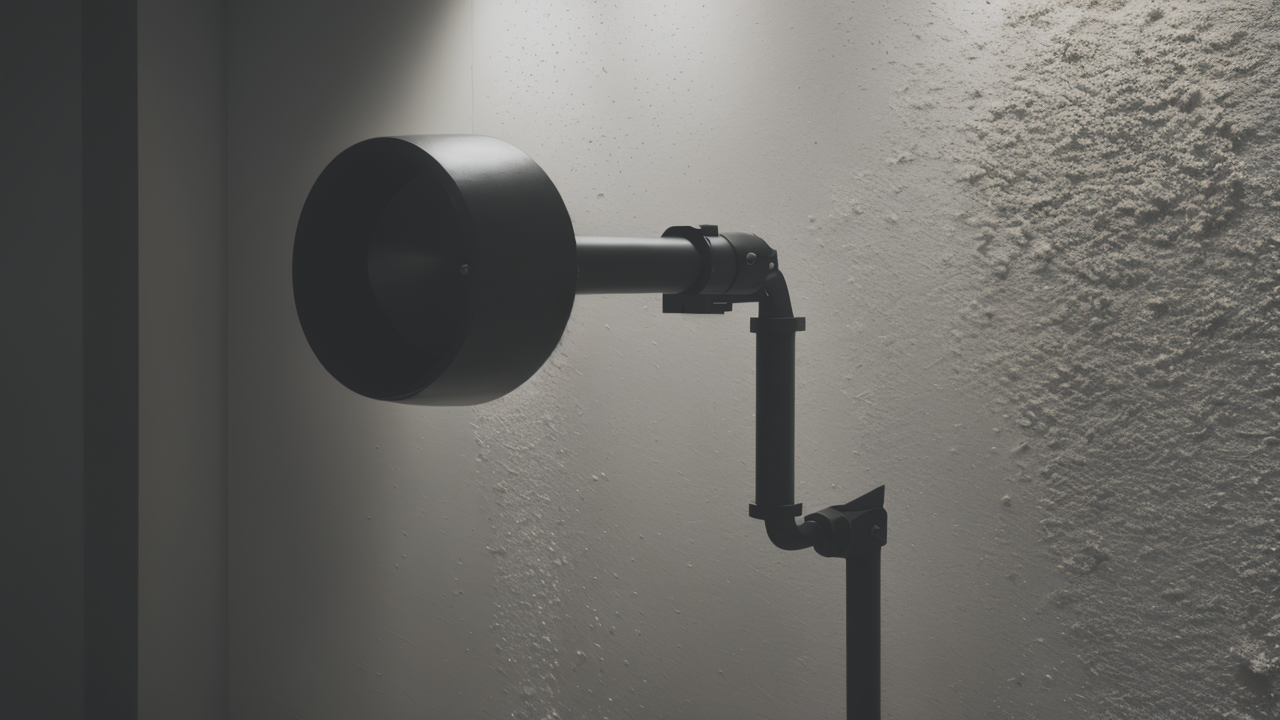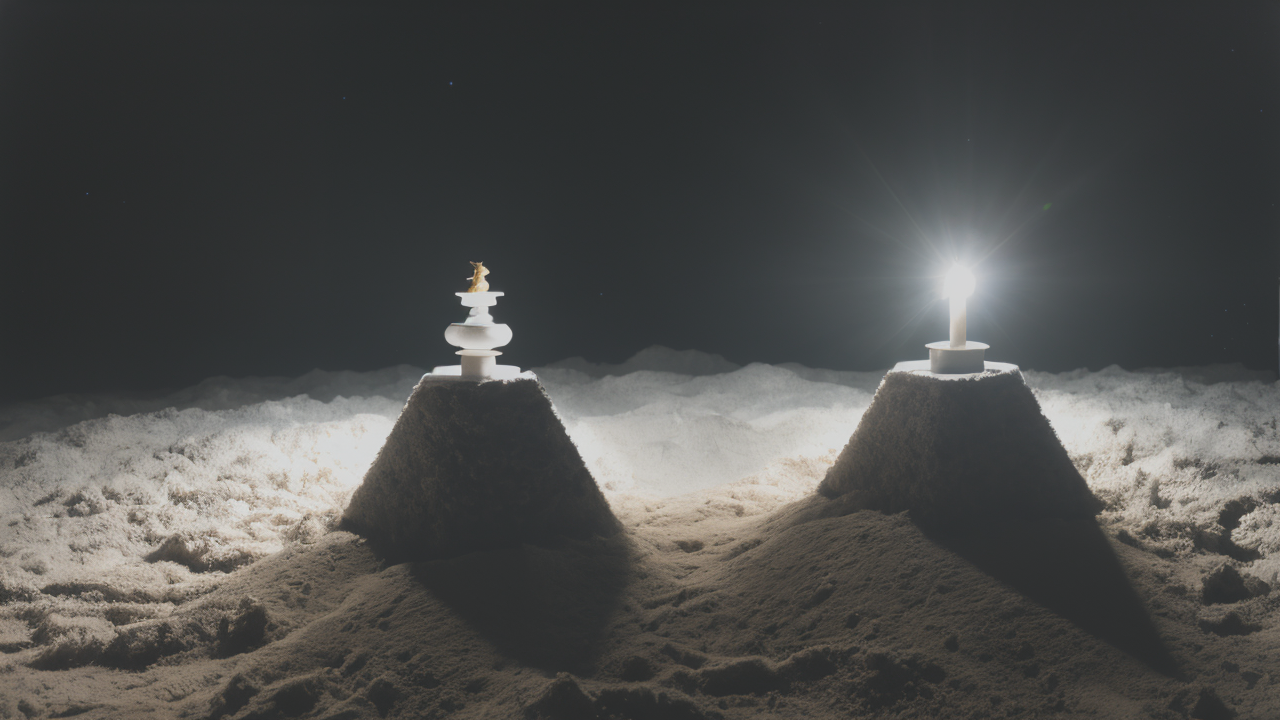
Drawing Texture Like a Pro: Techniques to Add Depth and Dimension
Understanding the Role of Plaster Textures in Contemporary Art
The Aesthetic Appeal of Textured Art
Textured art has a unique charm in the world of modern art. It adds depth and dimension to pieces. Plaster textures, in particular, offer artists a versatile medium to work with. They can create subtle or bold effects, depending on the technique used.

Plaster allows artists to play with light and shadow. This creates visual interest that flat surfaces can't match. The interplay of texture and color can evoke strong emotions. It can also tell stories without using words.
Many people find textured art more engaging than smooth surfaces. It invites closer inspection and interaction. This tactile quality bridges the gap between traditional and modern art forms. It's a way for artists to push boundaries and challenge what art can be.
In galleries, plaster textured pieces often stand out. They catch the eye and draw viewers in. This makes them memorable and impactful. Textured art can transform a space and create a lasting impression.
How Plaster Textures Can Enhance Artistic Expression
Plaster textures give artists a powerful tool for self-expression. They can convey mood, movement, and meaning through physical form. Rough textures might suggest turmoil or strength. Smooth areas can imply calm or simplicity.
Artists use plaster to create layers of meaning in their work. They can embed objects or add color to the plaster itself. This allows for a multi-dimensional approach to storytelling through art. Plaster can be sculpted, molded, or applied in various ways.
The versatility of plaster encourages experimentation. Artists can create abstract forms or realistic representations. This flexibility makes plaster a favorite among those looking to innovate. It's a medium that supports personal style and creative exploration.
Plaster textures can also enhance the emotional impact of art. The tactile nature of textured surfaces can trigger sensory responses. This can make the viewing experience more immersive and memorable for the audience.
Crafting the Perfect Plaster Textured Art Piece
Selecting the Right Plaster Materials
Choosing the right plaster is key to creating successful textured art. There are several types available, each with unique properties. Gypsum plaster is popular for its smooth finish and quick setting time. Lime plaster offers durability and a classic look.

Consider the desired outcome when selecting materials. Fine-grain plasters work well for delicate textures. Coarser options are better for bold, dramatic effects. Some artists mix additives into plaster to alter its properties. This can change drying time, strength, or texture.
Quality tools are also important. Trowels, spatulas, and texturing tools come in various shapes and sizes. These help artists achieve specific effects. Experimenting with different tools can lead to unique textures and finishes. It's worth investing in a range of options.
The choice of base or support is crucial too. Plaster can be applied to various surfaces. Each will affect the final look and durability of the piece. Canvas, wood, or even walls can serve as bases for plaster art.
Techniques for Applying Textures
There are many ways to apply plaster for textured effects. One common method is layering. Artists build up multiple thin layers of plaster. This creates depth and complexity. Each layer can be treated differently for varied textures.
Carving and scraping techniques can create interesting patterns. Tools like combs or forks can make repetitive designs. For more organic textures, artists might use natural objects. Leaves or stones can be pressed into wet plaster.
Mixing materials into plaster can yield unique results. Sand, sawdust, or fibers can change the texture dramatically. Some artists incorporate found objects for a collage-like effect. Experimenting with different application methods is key to developing a personal style.
Texture can also be created through removal. Artists might apply a thick layer of plaster. Then, they selectively remove parts to create patterns or images. This subtractive method can produce striking results.
Finishing and Preservation Strategies
Proper finishing is crucial for the longevity of plaster textured art. Once the plaster is fully dry, a sealant can protect it. There are various sealants available, from matte to glossy finishes. These protect against moisture and damage.
Color can be added in several ways. Some artists paint directly onto the dried plaster. Others mix pigments into the wet plaster for a more integrated look. Glazes can enhance texture by settling into crevices and highlighting high points.
Preserving textured art requires careful handling. Dust can settle into textures, so regular gentle cleaning is important. Avoiding direct sunlight and controlling humidity helps prevent cracking. Proper framing or mounting can also protect the artwork from accidental damage.
For larger installations, consider the environmental conditions. Temperature changes and humidity can affect plaster over time. Planning for these factors can help ensure the longevity of the artwork.
Case Studies: Successful Plaster Textured Art Installations
Notable Artists and Their Works
Many contemporary artists have made their mark using plaster textures. Anish Kapoor's monumental sculptures often incorporate plaster elements. His work plays with space and perception, using texture to create optical illusions.

Rachel Whiteread is known for her plaster casts of everyday objects. Her pieces transform the familiar into something new and thought-provoking. The texture of plaster allows her to capture minute details, preserving them in a new context.
Niki de Saint Phalle used plaster in her vibrant, textured sculptures. Her work combines playful forms with serious themes. The heavily textured surfaces add depth and character to her colorful creations.
These artists show the range of possibilities with plaster. From delicate details to bold statements, plaster can do it all. Their work inspires new generations of artists to explore this versatile medium.
Exhibitions and Installations That Made an Impact
The "Textures of Time" exhibition at the Modern Art Museum was a hit. It showcased plaster works from various eras. The show highlighted how artists use texture to convey the passage of time. Visitors could touch some pieces, breaking traditional museum norms.
An installation by Maria Martinez filled a gallery with plaster-textured walls. Each wall represented a different landscape. From craggy mountains to smooth deserts, the textures told a story. The immersive experience allowed viewers to "travel" through textures.
The "Tactile Memories" project invited artists to create plaster impressions. These were based on meaningful objects from their lives. The pieces were displayed in a maze-like structure. This encouraged exploration and reflection on personal histories.
These exhibitions show how plaster can transform spaces. They create immersive experiences that engage all the senses. Such shows often leave a lasting impact on visitors and the art world.
Lessons Learned from Top Plaster Textured Art Projects
Successful plaster art projects often share common elements. They use texture purposefully, not just for decoration. The texture enhances the concept or narrative of the piece. Artists who master this create more impactful work.
Scale plays a significant role in textured art. Large-scale pieces can be overwhelming. Small details might be overlooked. Finding the right balance is crucial for effective communication through texture.
Lighting is another critical factor. Well-planned lighting can dramatically enhance textured surfaces. It can create shadows that add depth and movement to static pieces. Artists who consider lighting in their design process often achieve more striking results.
Interactivity has proven successful in many plaster art installations. Allowing viewers to touch or manipulate textures creates memorable experiences. This approach challenges traditional art viewing norms. It engages audiences in new and exciting ways.


